When you begin to study Human Biology, one of the first concepts you will be exposed to is Homeostasis. What is Homeostasis? The word “homeo” is Neo-Latin from Greek, meaning “similar” and “stasis,” meaning “standing still.” Together, it implies “staying the same.” This is the basis in which our living body creates a stable environment conducive for maintaining optimal life function.
Many things we experience every second of every day in our lives as living beings, we take for granted because our bodies do it automatically, without our knowledge or consciousness. Homeostasis is one of these. Suppose you were in the Krasnoyarsk, Siberia, Russia at this time of year (which at this current moment of my writing is at -23 degrees Celsius), you go outside without a coat or gloves or shoes. The first thing your body would begin doing, is to thermoregulate; neurons in the hypothalamic region of the brain begin to sense and react to change in core temperature, the thermoreceptor cells at the skin will send signals to create piloerection (goose bumps on the skin), skeletal muscles begin to contract triggering the shivering reflex, thus creating motion in the body to generate heat, blood vessels begin constriction and metabolic reaction increases internally. These all occur in order to maintain the 36.5 to 37-degrees Celsius body temperature that human bodies need, in order to have optimal functioning of the body’s system. If you were to continue to remain in this state without any means to warm-up your body for a longer period of time, your body would begin progressing towards hypothermia; the overcooling of the body to the point where it cannot maintain normal life function and possible breakdown or even necrosis of tissue or death.
On the contrary, if you were to go to the Death Valley, California in the middle of summer, where the hottest temperature was ever recorded on any place of the Earth at 52.7-degrees Celsius, and stand in the middle of the sand and rocks of the desert, your body would go through the reverse process of thermoregulation. The neurons in the hypothalamus would sense a rise to core temperature, the thermoreceptors in the skin would sense the heat, triggering the pores of your skin to open to release heat, excrete sweat from the sweat glands cooling the surface of the skin, blood vessels would dilate causing reddening of the skin. This would decrease the core temperature, closer to 37-degrees Celsius. Once again, if we could not find shade or replenish the fluids used, then the body would progress on to hyperthermia; the overheating of the body and dehydration to the point where the system would shut down. This very intelligent system of thermoregulation built into our bodies is not the only Homeostatic function that we possess: the blood pH levels, the blood glucose levels, to name a few are also part of the process of Homeostasis.
What is the basic principle of Homeostasis? It is about balance, sometimes described as a “dynamic equilibrium.” There is a middle point that an organism strives for; an ideal point where all things function at its optimum. This idea of the body’s self-regulatory system was explored by Claude Bernard, a French physiologist in 1849. But the term Homeostasis was only coined up in 1926 by an American neurologist-physiologist Walter Bradford Cannon, just about a hundred years ago.
To describe Homeostasis as “a point” is to do it an injustice, as it would imply non-moving, which it is not. It is a process, a motion, a dynamic-ever-changing dance in the body. The Chinese obviously didn’t call it Homeostasis when they developed their ideas almost 3000 years ago, they called it Yin-Yang. It wasn’t just used to describe the human body’s capacity to self-regulate but also a perspective of the Earth, of the Universe and of how living beings, such as human beings, live in a microcosm of a greater macrocosm. Whatever happens here on our Earth affects that which is within us, as well as what is beyond us. Our bodies seek balance within itself, within the Earth and within the universe. So often though we are unaware of it. As an example, I ask patients, who are experiencing some sort of symptom that brings them in for treatment, if this is affected by weather. Many a time, I hear an affirmative answer: “Yes, the weather does affect it.” But often times, comes the next sentences: “But how can that be?” My answer is: “How can it not be? Do we live on the Earth or do we live in a laboratory, where conditions have been manipulated to become a vacuum, controlled solely by the lab technician?” We do not live in an individualized, climate-controlled bubble; we live in a big, living multi-organism, multi-elemental, rich environment that many of us cannot even fathom. So complex yet so effortless and simple on our part, until something goes off-balance.
When we look through the lenses of Yin-Yang to see our bodies, we realize that when something is taken out, something of similar magnitude has to be put back in, in order that the balance be regained. Try wearing 2 shoes of different heights, a flat-soled shoe on one foot and a high-heeled shoe on the other. Walk 10 steps in these and feel how uncomfortable you feel. Walk 10 days with them and the body would have gone through quite a few aches and pains before beginning to adapt. We would start to see the changes to the structure of the body, depending on how much the height difference is in the soles. Already we see some form of balance adaptation happening in the body, in response to a change in conditions. Take these shoes off and you feel the “rightness” of balance returning to the body. This balance is already built into our systems, we just have to take a moment to check-in to find it. Now realize that even if we are unconscious of the imbalance that is occurring, our bodies do it for us anyway and when it can’t it warns us with its alarm system - pain
What a wonderful creation our bodies are. Rene Descartes stated, “Cogito ergo sum – I think, therefore I am.” I believe it’s even simpler and more profound, “I AM.”
Image by kati on pixabay

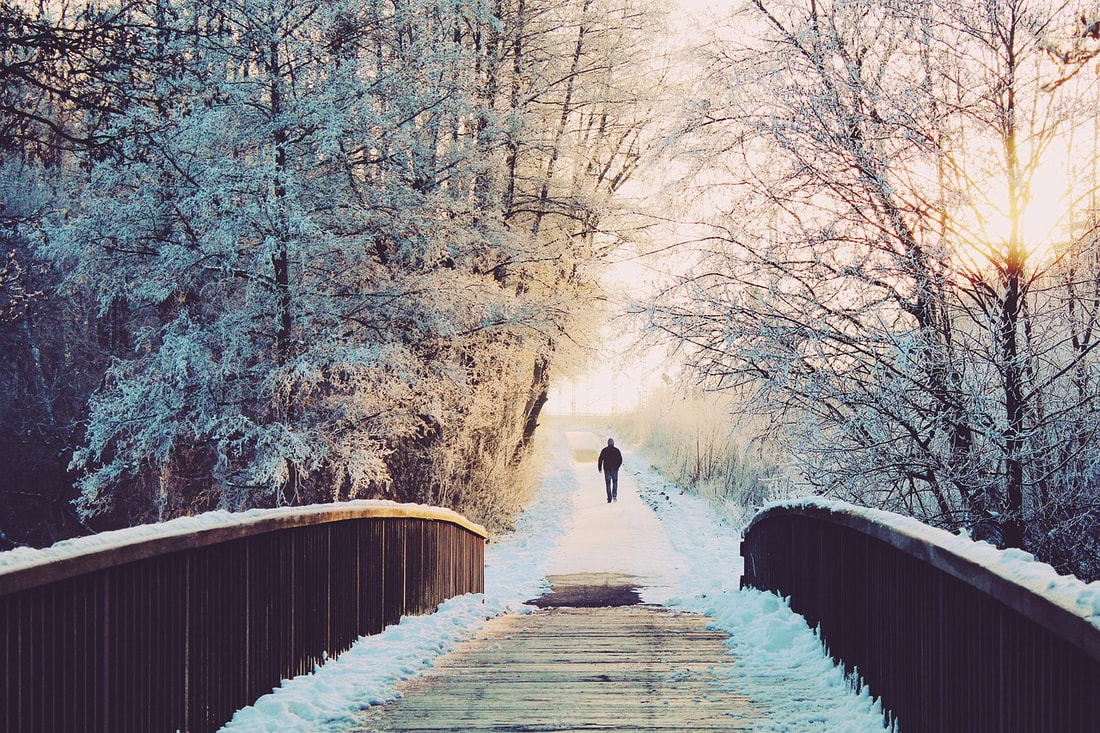
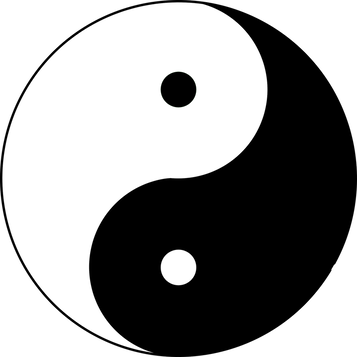
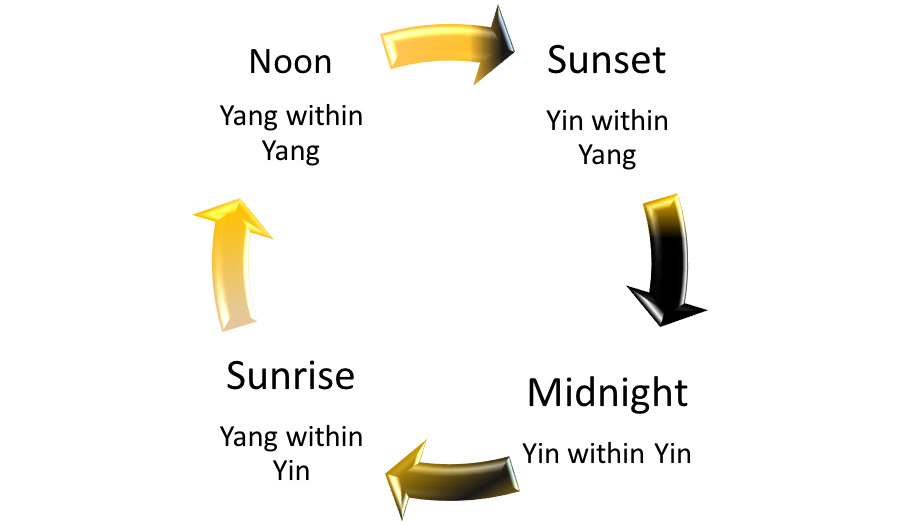
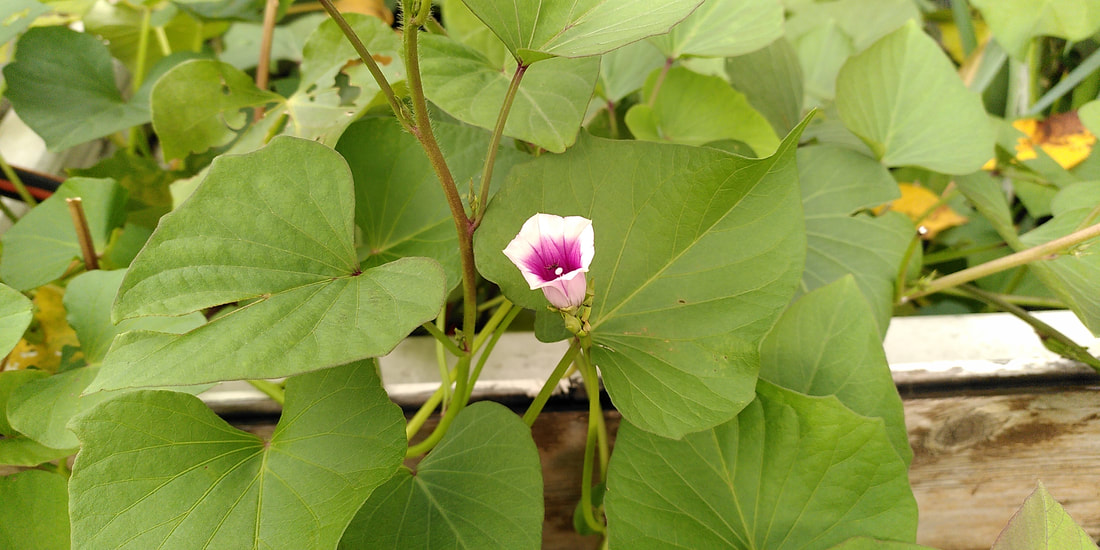
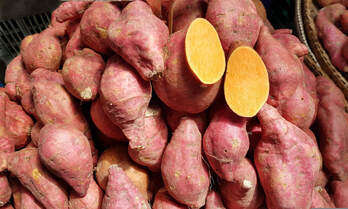
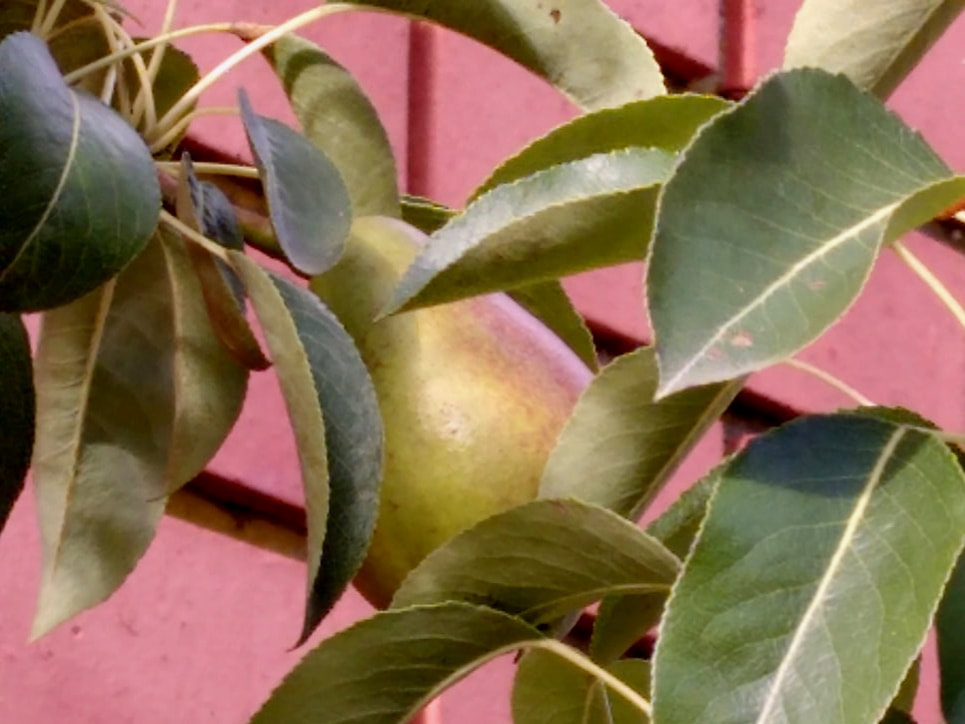
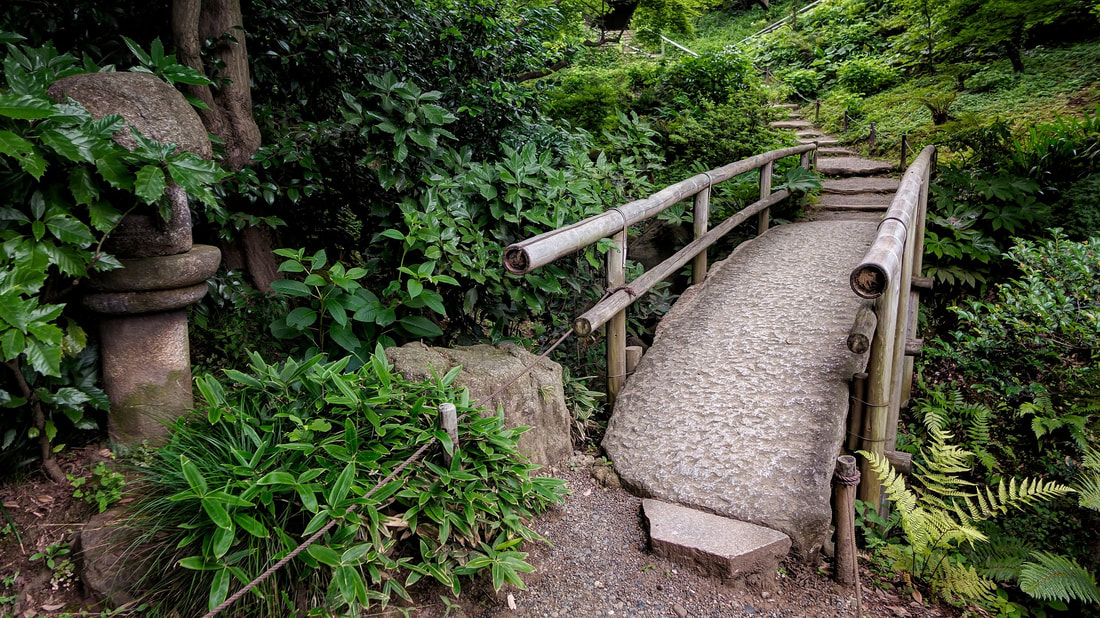
 RSS Feed
RSS Feed